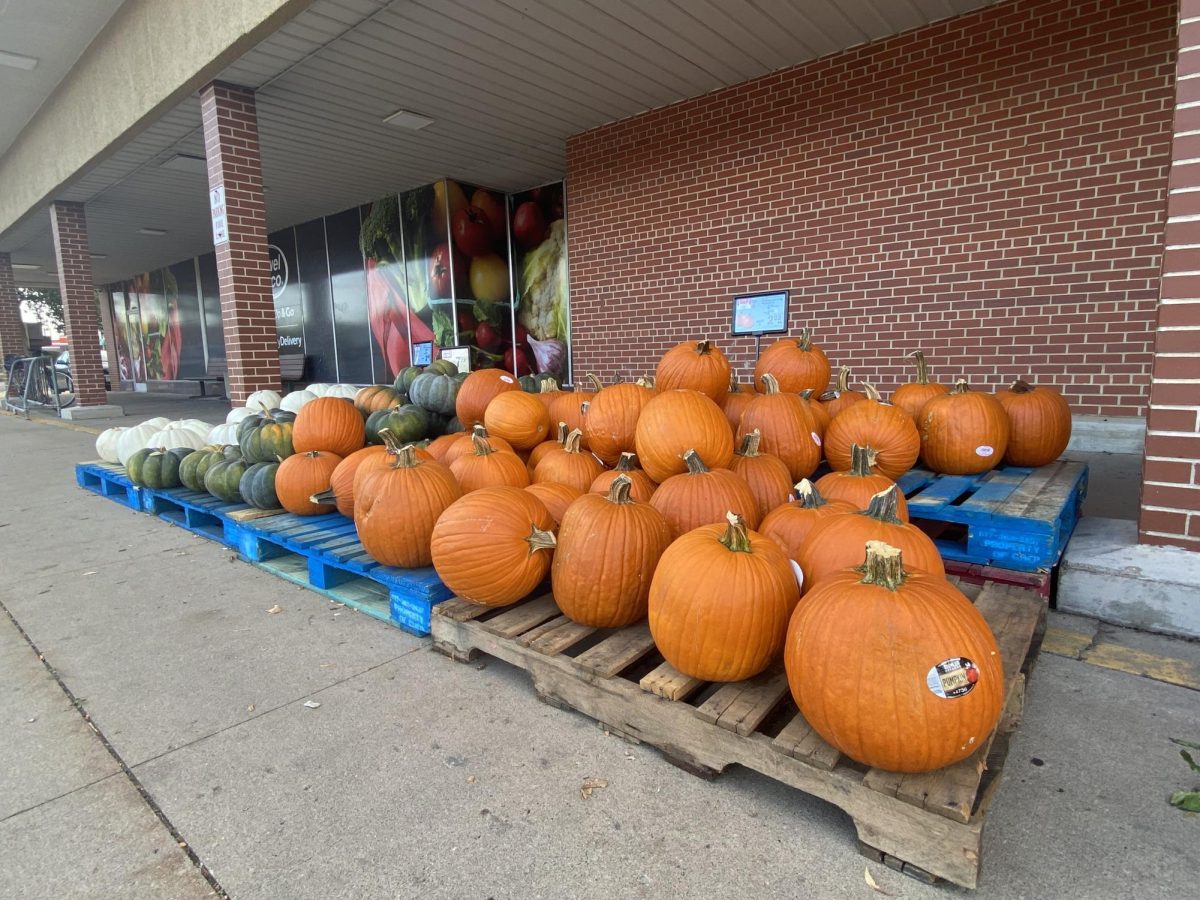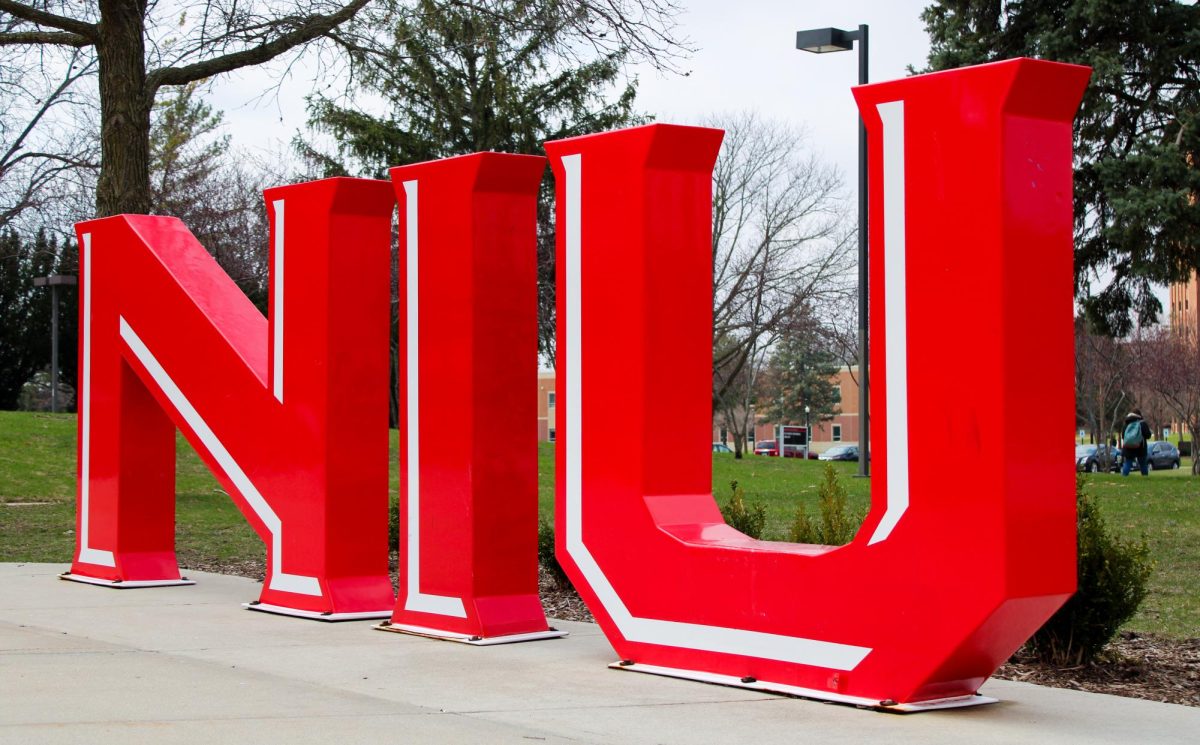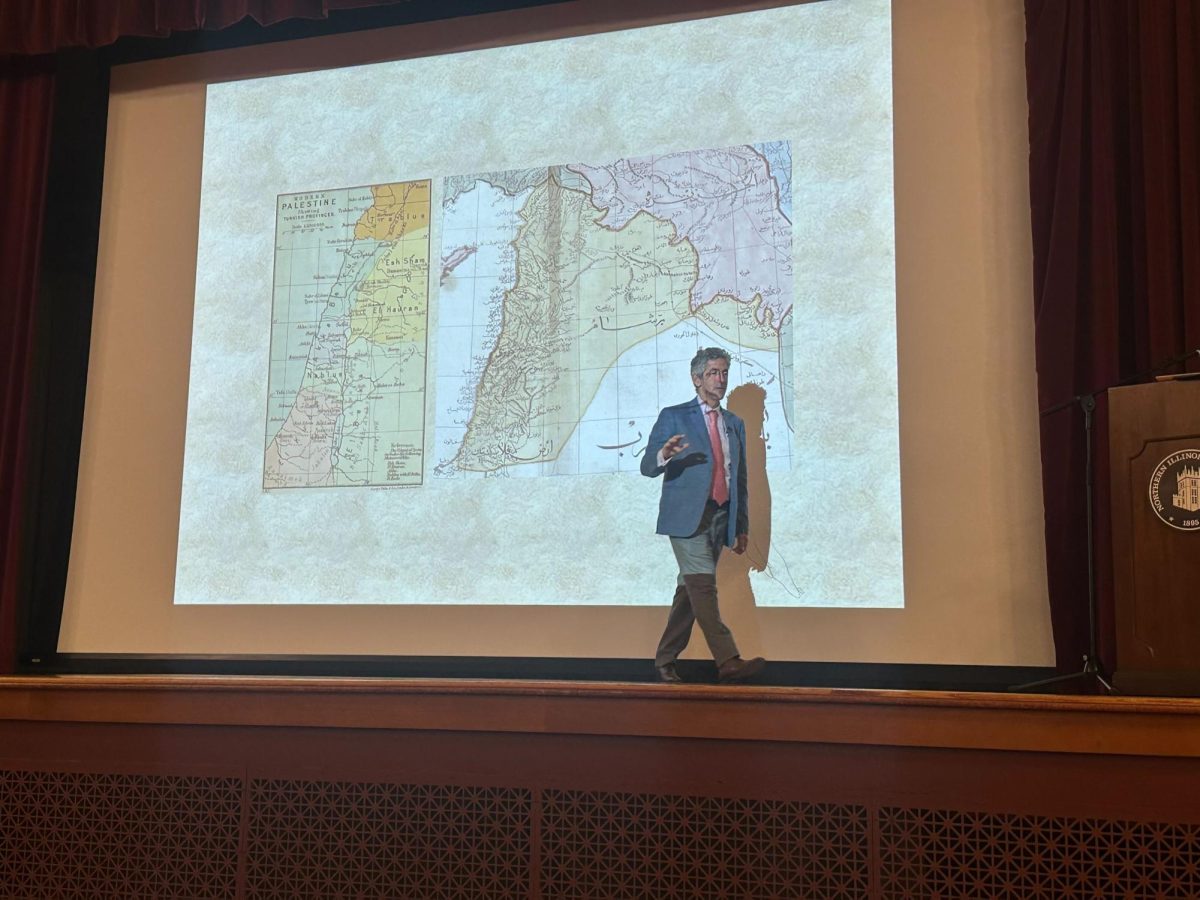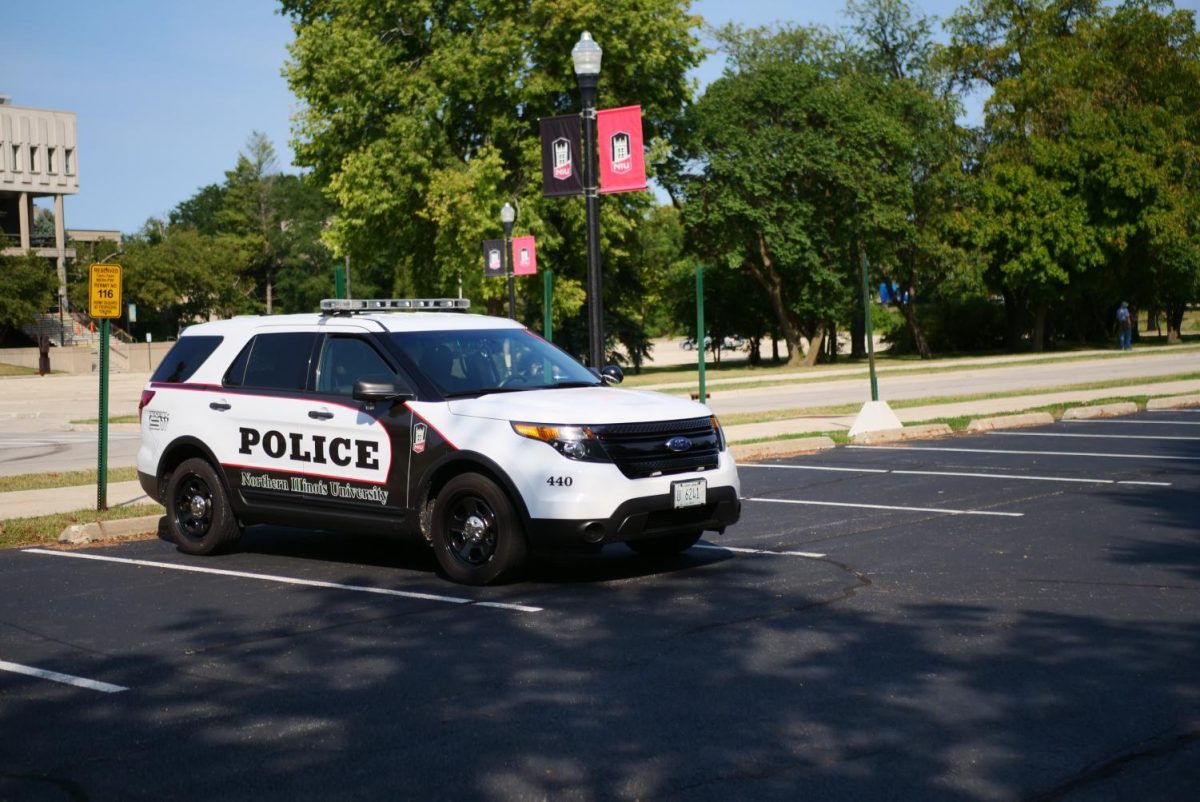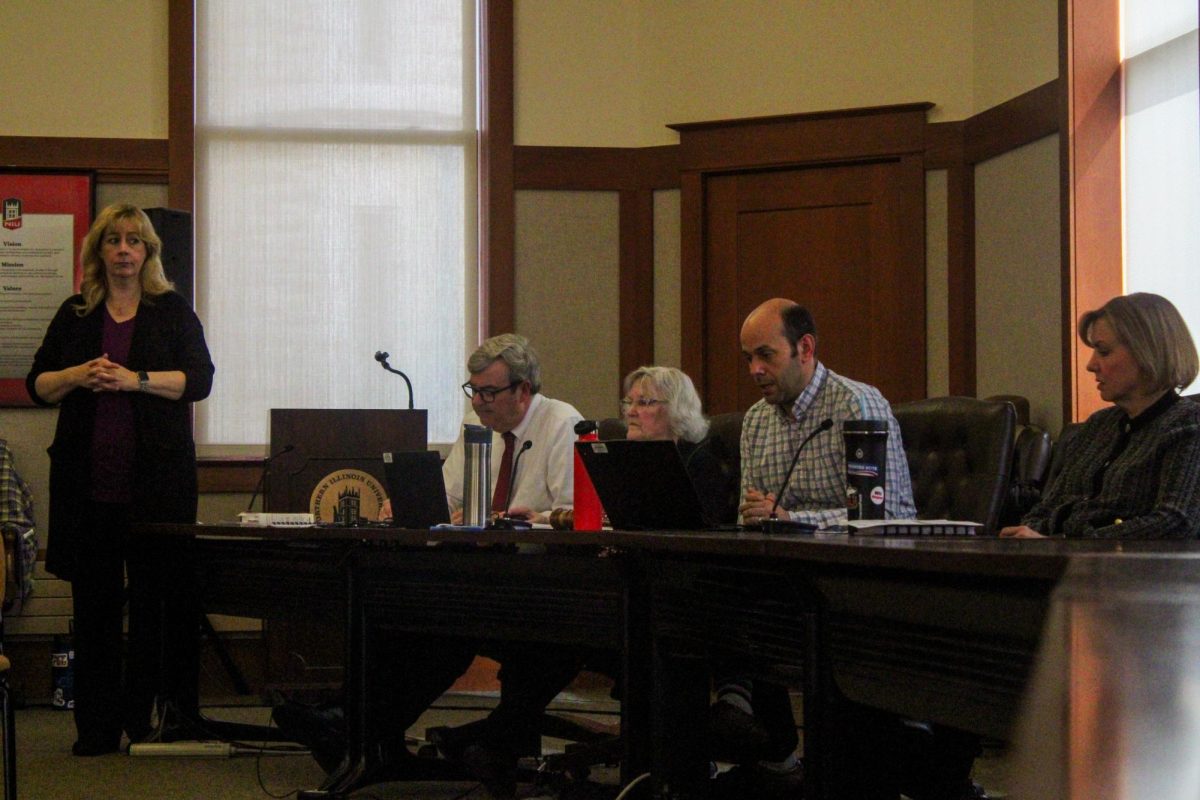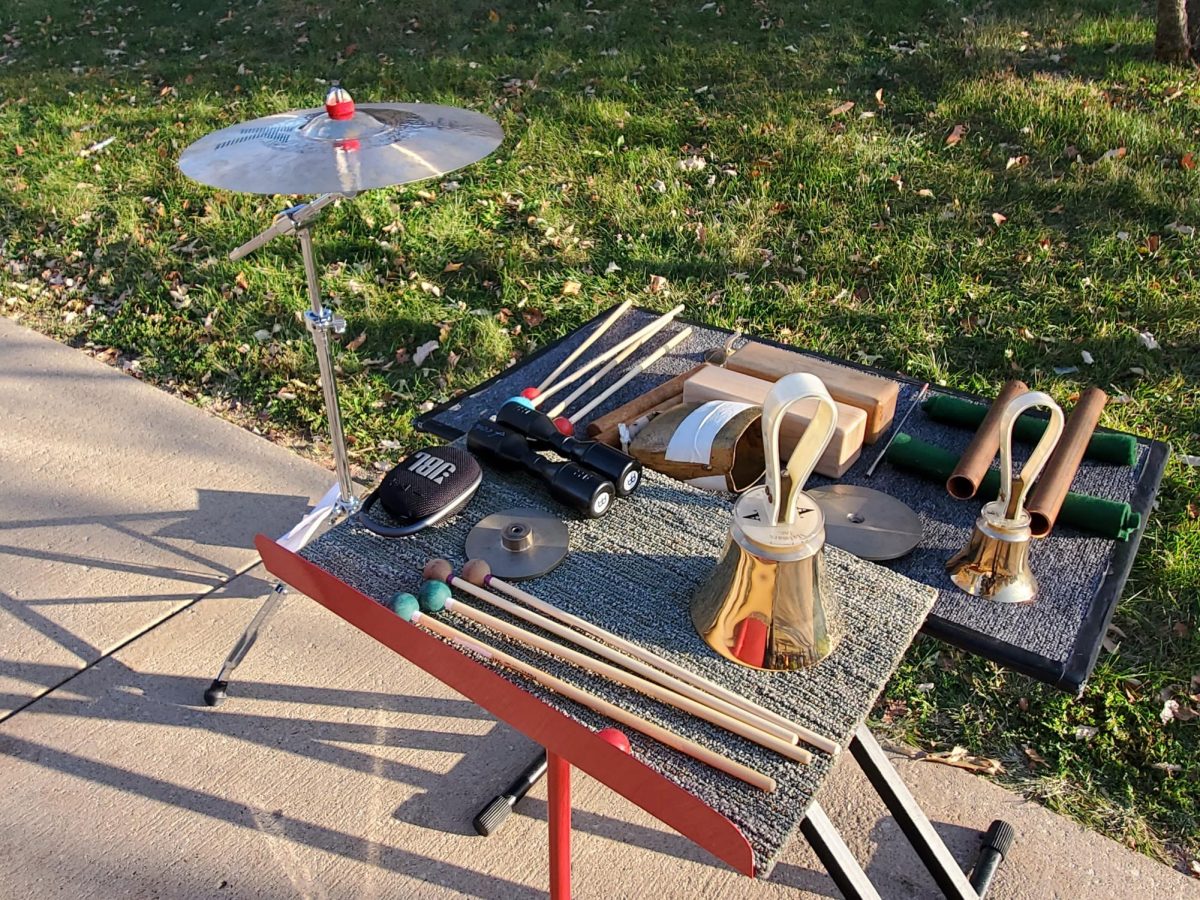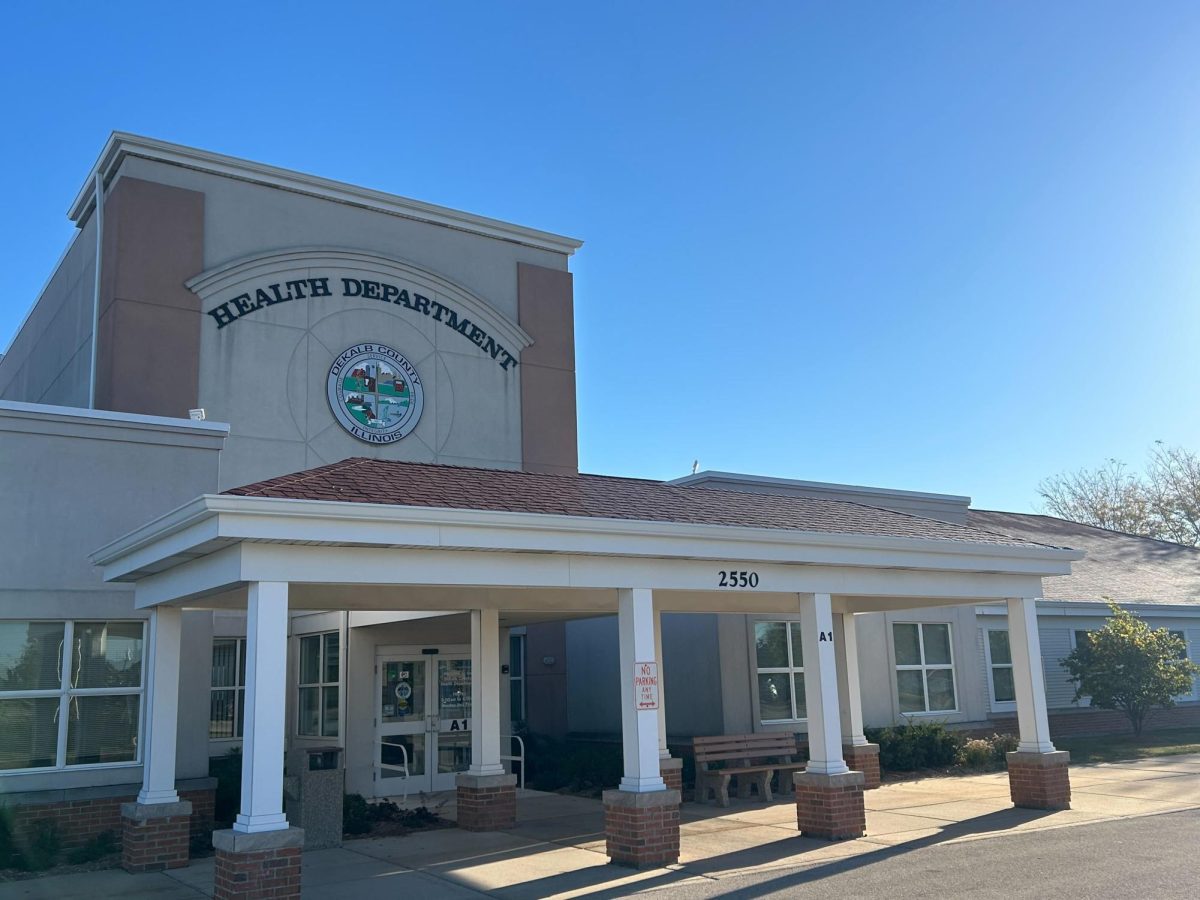DeKALB – Some things are such a staple of the fall season that, without them, it doesn’t feel quite right: cold breezes, colorful leaves and, above all, pumpkins.
Illinois is consistently the nation’s largest pumpkin producer by acreage and weight, according to the U.S. Department of Agriculture. The large quantities of pumpkins harvested in Illinois go into products like pumpkin pie and pumpkin bread for consumption around the world.
“We (Illinois) grow, it depends on the year, but originally before 2000 was about 6,000 acres, and then it increased to more than 16,000 acres. This year, to the best of my knowledge, we have about 12,000 acres of processing pumpkins,” said Mohammad Babadoost, professor of crop sciences of the University of Illinois Urbana-Champaign.
According to Babadoost, 10,000 acres are dedicated to jack-o’-lantern or Halloween pumpkins which are pumpkins grown specifically for the Halloween season.
Babadoost said the reason Illinois is the top producer of the world’s pumpkins is because of the soil and weather conditions in the area.
“Pumpkins prefer some kind of light soil, some kind of sandy soil. In lots of places, particularly central Illinois, like Tazewell county and Peoria county are very ideal for pumpkin production,” Babadoost said.
That ideal soil dries very fast in less than ideal weather conditions, making pumpkin growing seasons short. Illinois’ weather provides for a much longer pumpkin season compared to surrounding states, Babadoost said. In Illinois, farmers plant pumpkins between late April and early May and are able to harvest them from August to as late as October.
It shouldn’t come as a surprise that most pumpkins grown in Illinois come from central Illinois, specifically the city of Morton.
“Morton is known as the pumpkin capital of the world because of a few things, but namely, because of our Nestlé Libby’s plant, still producing 85% of the world’s canned pumpkin. And back in the early 1900s in 1925, is when the Libby’s plant started operating,” said Leigh Ann Brown, executive director of the Morton Chamber of Commerce and the CEO of the Morton Economic Development Council.
Libby’s is a canned food and beverage manufacturer that produces canned pumpkin. All pumpkins harvested for Libby’s production of canned pumpkin are sourced from or around Morton.
In 1967, Morton began the annual “Morton Pumpkin Festival,” a festival celebrating the success of the pumpkin harvest season.
“The festival in itself is definitely an economic driver, bringing families together, activating businesses, purchasing goods and services,” Brown said.
Babadoost said the Illinois pumpkin industry varies from year to year in gross value.
“One time a few years ago I calculated, the Illinois pumpkin industry is about $200 million industry, that is the gross value,” Babadoost said. “We have to work very hard to keep this very good industry in Illinois for the time to come.”
With pumpkins being a $200 million industry for Illinois, and most of the world’s pumpkins coming from Illinois, it is natural Illinois pumpkins should be safeguarded. However, while Illinois’ conditions are favorable for growing pumpkins, those conditions are also good for growing plant diseases, Babadoost said.
“When I came to Illinois in 1999, we had 100% of the crop losses field after field because of a disease called phytophthora capsici,” Babadoost said.
Phytophthora capsici is a plant disease that causes blight and rot to crops. In 1999, phytophthora capsici spread throughout pumpkin fields causing pumpkins grown in fields affected by the disease to fall apart.
Reliable management solutions for pumpkin farming must be in place to ensure a good yield and product of pumpkins Babadoost said.
“This year … I was worried we might lose much of the fruits, but it turns out the industry did a good job in managing diseases and as far as I know we’re going to have more than average profit for pumpkins,” Babadoost said.


